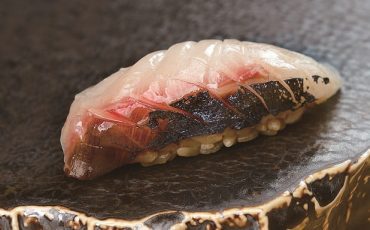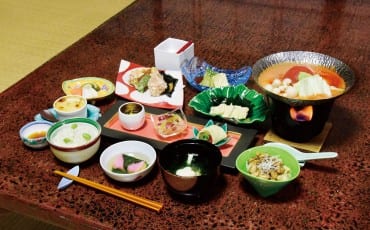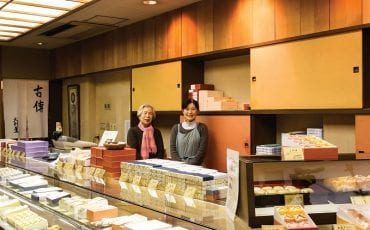Articles
Features
Jul 1, 2014
Sado : A Melting Pot of Cultures
Steeped in centuries-old tradition, Sado is quite the mix bag of cultural identities that makes the island so fascinating. Join us as we travel back in time to experience the birth of Sado’s historical sites.
Sado Kinzan Gold Mine
Discovered in 1601 during the Edo era, Sado Kinzan was the largest gold and silver mining operation in Japan, spanning 400km in length and producing nearly 400kg of precious metals. A can’t-miss photo opportunity is the significant view of the mountain at the alleged first mining site, Aikawa Gold and Silver Mine. The split at the top of the mountain, known as Dohyuh-no-Wareto, was the result of hand-digging since machinery was yet to be introduced at the time. After the Meiji Restoration in 1868, revolutionary mining technologies and tools were developed. These include the Odate Shaft, Japan’s first vertical tunnel; a cableway for hauling gravel, which led to the invention of ski lift; and the Kitawaza Floatation and Dressing Plant, the largest plant of its kind in Asia in the 1930s. The operation was closed just recently in 1989, but two of the main routes as well as a comprehensive museum are now open to the public. Filled with animatronic miners and informative displays, the first route explores a few restored tunnels from the Edo era, while the second details some of the newer mines formed since the Meiji period. Sado Kinzan is now listed as a UNESCO World Heritage Site candidate for industrial properties.
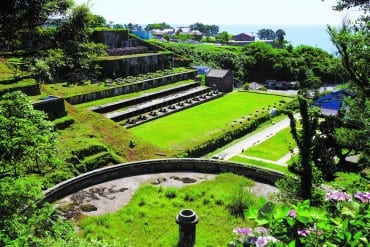
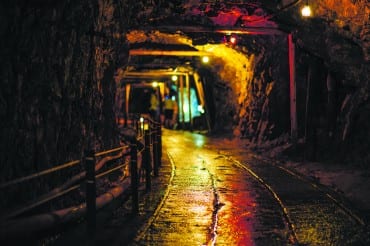
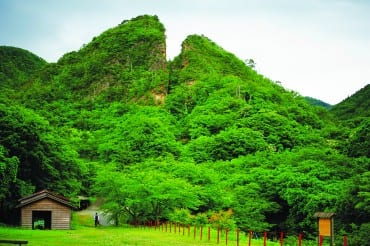
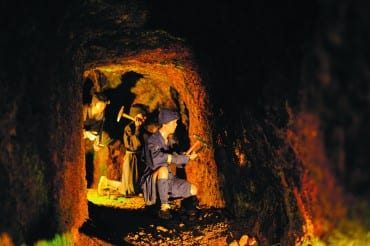
Sado Gold and Silver Mines
1305 Simoaikawa, Sado-city, Niigata 952-0115
Tel: 0259-74-2389
Seisuiji
Harking back to the Daido era in 806, Seisuiji is one of the oldest temples in Sado Island. Rumour has it that a Buddhist monk had wanted a temple at which the locals could pray so they wouldn’t have to travel to the famous Kiyomizudera (Pure Water) Temple in Kyoto, hence a replica – Seisuiji – was erected. Walking around the peaceful compound that is nestled in a forest, you are bound to be charmed and humbled by the historical significance of the temple.
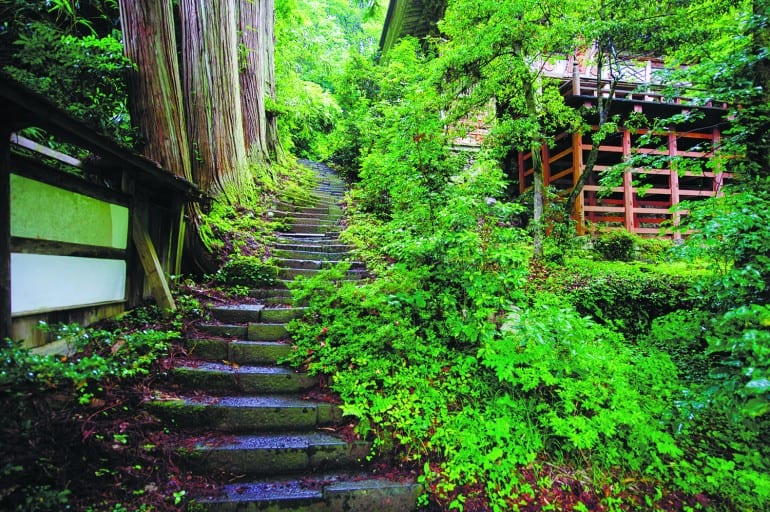
Seisuiji
124-1 Niiboono, Sado-city, Niigata 952-0109
Tel: 0259-22-2167
Aikawa Kyomachi-dori
During the gold rush days of the early Edo era, the historical town of Aikawa used to be abuzz with activity and was home to Sado Magistrate’s Office, the former Aikawa Detention House, as well as myriad business owners. Take a stroll along the old town and check out the main street, Kyomachi-dori, where summer festivals are still held today. Be prepared for an uphill walk, then treat yourself to a cuppa at Kyomachi Chaya, a traditional teahouse perched on the top of the hill. Overlooking the scenic Mano Bay and surrounded by greenery, the teahouse makes for the perfect respite from the hustle and bustle of life.
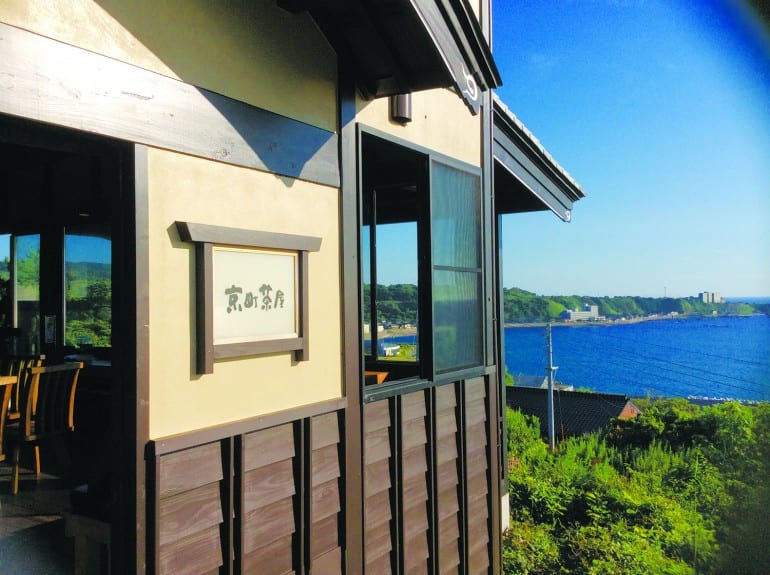
Café – Kyomachi chaya
5 aikawayaoyamachi, Sado-city, Niigata 952-1545
Tel: 080-1093-6341
Rengebuji
The history of this temple harks back to the 14th century, though no one knows for sure how it came about. One thing that wouldn’t escape your notice are the seven thousand hydrangea plants that line the pavements. During the months of June and July when the flowers are in full bloom, the temple comes alive with beautiful splashes of red, fuchsia, blue, white, lavender and violet – a gorgeous sight that’s not to be missed. As you walk further into the compound, you will also be treated to a lovely view of a large pond packed with water lilies.
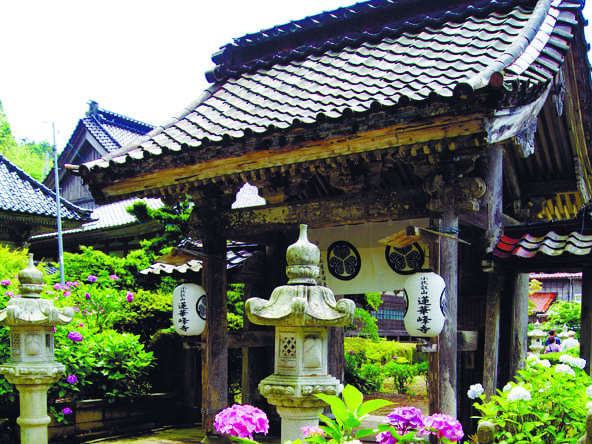
Rengebuji
182 Kobie, Sado-city, Niigata 952-0602
Tel: 0259-86-2530
Taraibune
Developed during the Edo period, these wooden tubs were traditionally used for tight turns around the cliffs of Ogi the Peninsula as well as to collect seaweed and abalone. While the taraibune boats are still used for the latter reason today, they mainly serve as a tourist’s attraction. These boats – usually operated by women dressed in traditional Japanese attire – are made of cedar and bamboo, and are noted for their stability on the water. For an unforgettable experience, try riding and rowing the boat yourself at Ogi Harbour (don’t worry, an experienced taraibune rower will be there to show you the ropes!).

Taraibune
184 Ogimachi, Sado-city, Niigata 952-0604
Tel: 0259-86-3153
Taiko Drumming
You might have heard of the internationally acclaimed taiko drumming troupe Kodo, but did you know they are based in Sado Island? Formed in 1981, Kodo’s performances revolve around the primal beats of taiko drums, which are used in a centuries-old traditional Japanese ritual known as Ondeko (demon drum dance). To try your hand at taiko drumming, head over to Sado Island Taiko Centre. It is home to two enormous taiko drums, one of which is made from a 600-year-old tree trunk.
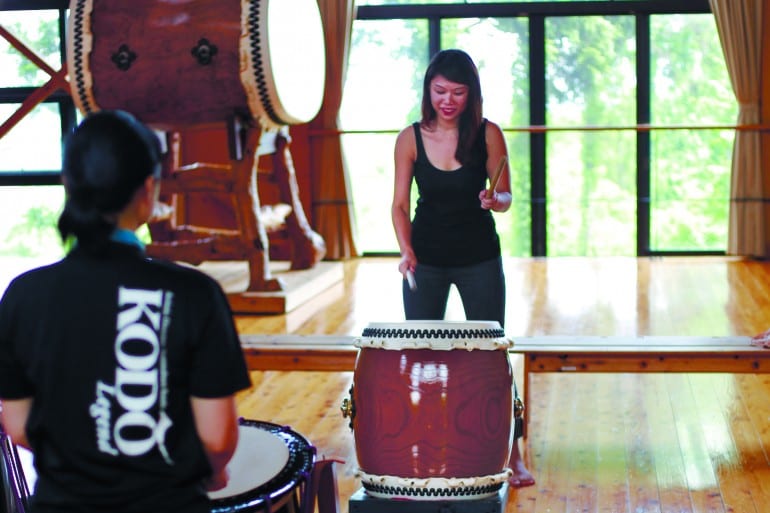
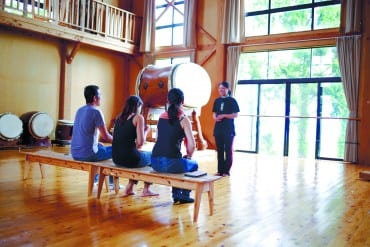
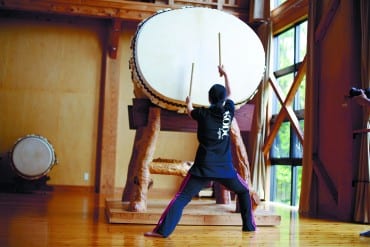
Taiko drumming – Kodo Cultural Foundation
148-1 Ogikanetasinden, Sado-city, Niigata 952-0611
Tel: 095-829-1171





